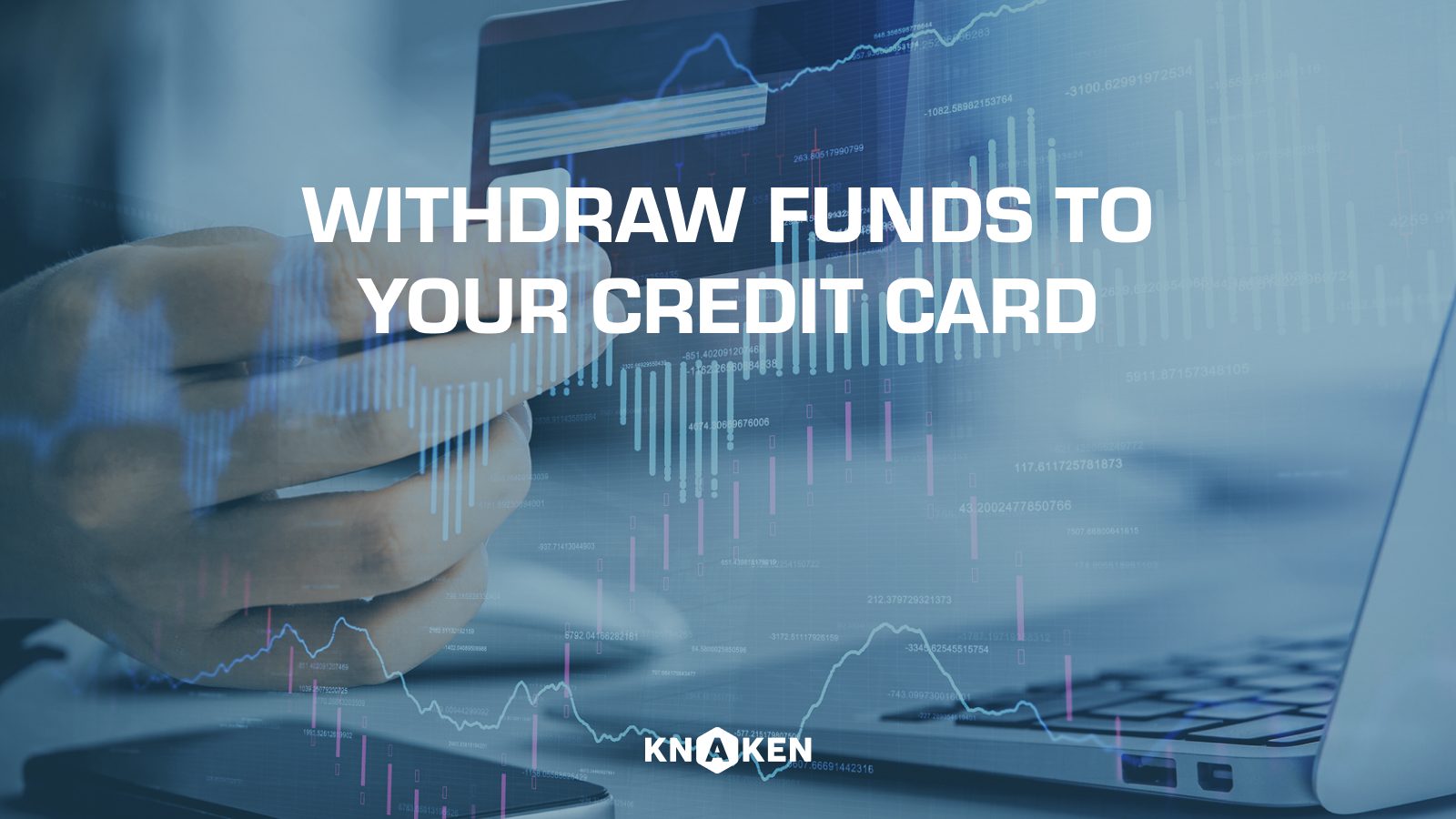Smart Contract Audit
Introduction to Smart Contract Audits
Smart contracts are self-executing contracts with the terms of the agreement directly written into code. They are a fundamental component of blockchain technology, particularly in platforms like Ethereum. A **smart contract audit** is the process of reviewing and evaluating a smart contract’s code to identify any vulnerabilities, bugs, or inefficiencies. This practice is critical in ensuring the security and reliability of decentralized applications (dApps) and financial transactions.
Importance of Smart Contract Audits
The significance of conducting thorough smart contract audits includes:
- Security: Identifying vulnerabilities that could lead to exploitation or loss of funds.
- Trust: Enhancing user confidence in the integrity of the contract.
- Compliance: Ensuring adherence to regulatory standards and best practices.
- Optimization: Improving the efficiency and performance of the smart contract code.
- Cost-effectiveness: Preventing costly exploits that could occur due to unaddressed vulnerabilities.
Types of Smart Contract Audits
Smart contract audits can be categorized into different types based on their focus and methodology:
- Manual Audits: Involves human reviewers analyzing the code for potential issues.
- Automated Audits: Uses specialized tools and software to scan for vulnerabilities.
- Formal Verification: A mathematical approach that uses proofs to ensure code correctness.
- Pentest Audits: Simulating attacks on the contract to identify weaknesses.
Common Vulnerabilities in Smart Contracts
During a smart contract audit, several common vulnerabilities are looked for, including:
- Reentrancy: Occurs when a contract calls an external contract and is then called back before its execution is complete.
- Integer Overflow/Underflow: Problems that arise when arithmetic operations exceed the variable’s storage capacity.
- Gas Limit Issues: Transactions can fail if they exceed the gas limit, potentially losing funds.
- Timestamp Dependence: Issues arising from the use of block timestamps that can be manipulated.
- Access Control Vulnerabilities: Flaws in permissions that allow unauthorized access or execution of functions.
The Smart Contract Audit Process
The typical process of conducting a smart contract audit consists of several key steps:
- Pre-Audit Preparation: Gathering requirements, understanding project specifications, and defining the scope of the audit.
- Code Review: A detailed examination of the smart contract code, looking for vulnerabilities and inefficiencies.
- Testing: Executing tests, including unit tests and integration tests, to validate contract behavior.
- Reporting: Documenting findings, including vulnerabilities discovered, suggestions for rectification, and overall code quality assessments.
- Remediation: Working with developers to fix identified issues before deployment.
- Follow-Up Audit: A second audit may be performed post-remediation to ensure that all vulnerabilities have been addressed.
Conclusion
A smart contract audit is an indispensable part of developing blockchain-based applications. It not only mitigates risks associated with vulnerabilities and exploits but also promotes confidence among users and investors. As the crypto ecosystem continues to evolve, the demand for rigorous auditing practices will only increase, underscoring the necessity of thorough evaluations as integral to the smart contract lifecycle. By understanding and respecting the importance of smart contract audits, developers and users can contribute to a more secure and reliable cryptocurrency landscape.


















